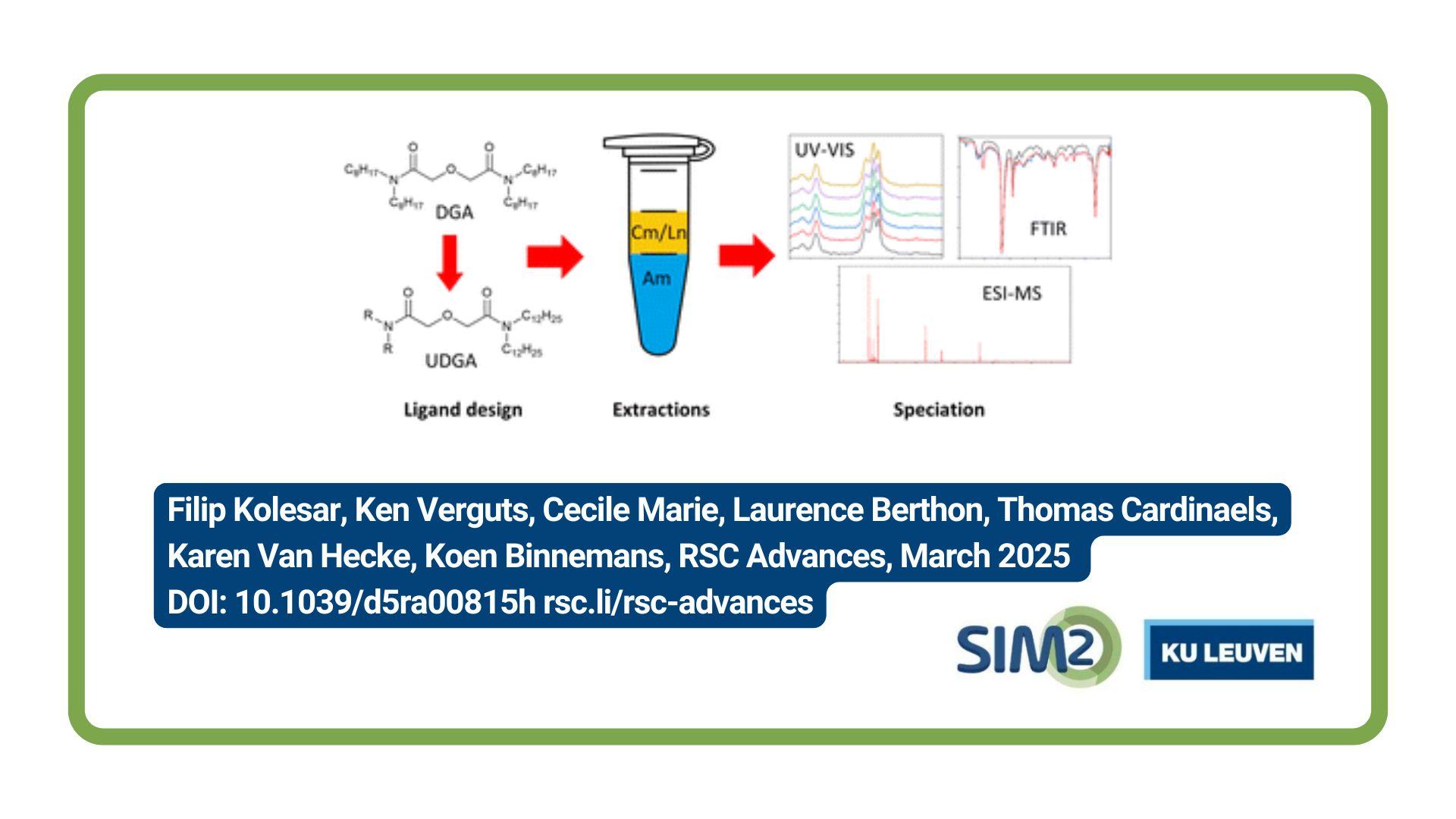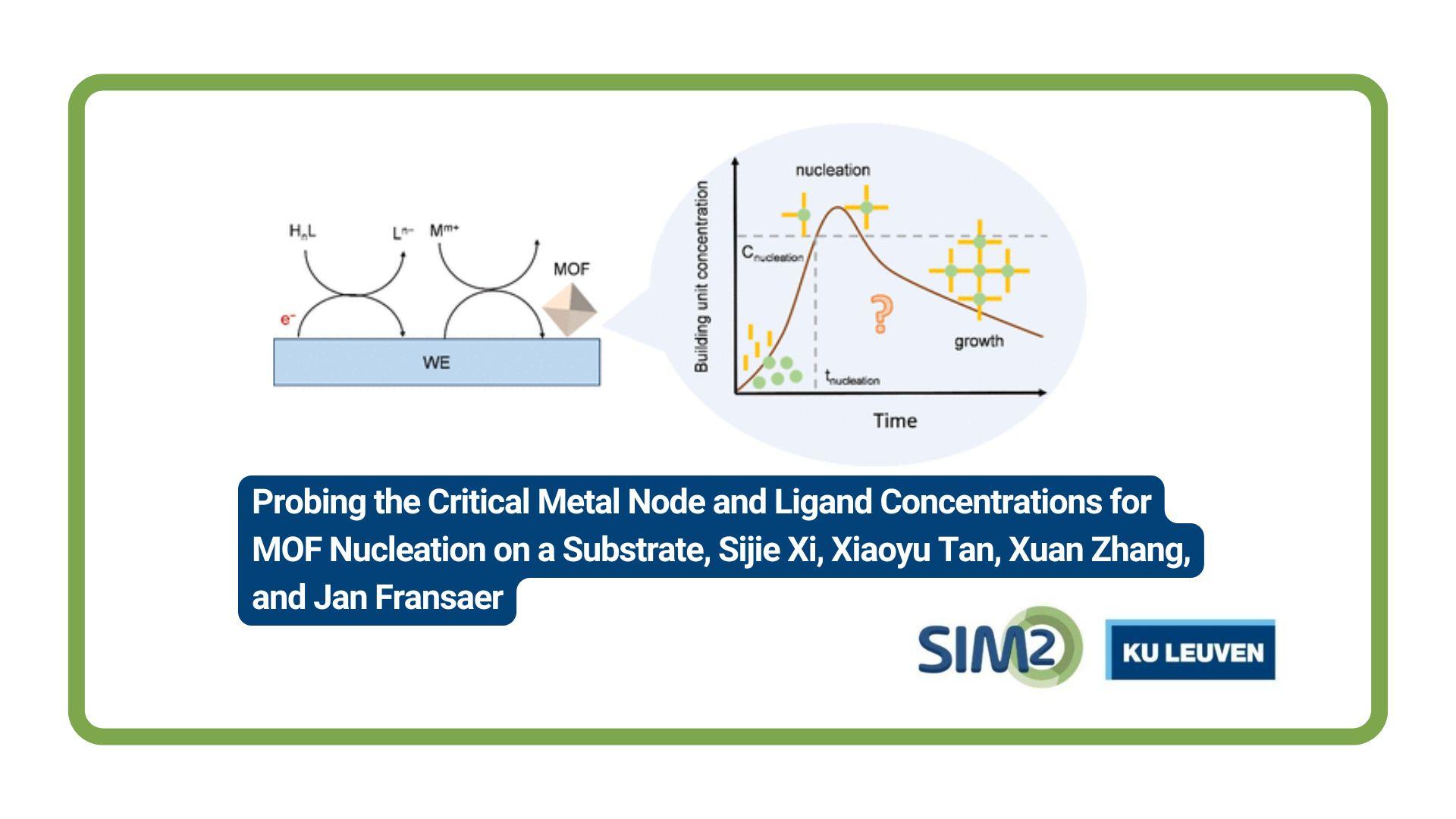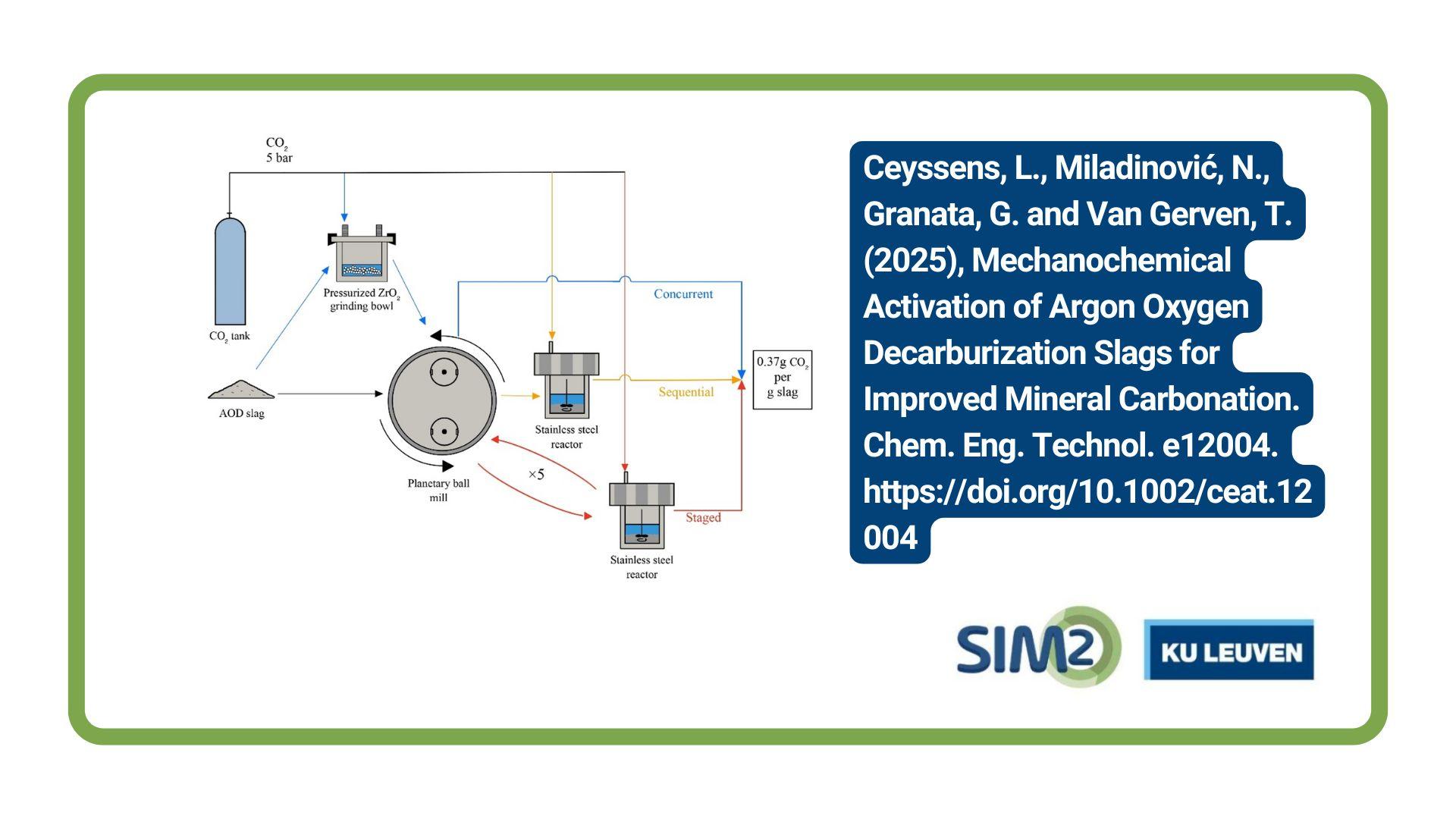Ganesh Pilla and colleagues from the Materials Engineering Department, KU Leuven have published a new article entitled Pilot Scale Hydrogen (H2) Reduction of Bauxite Residue for the Production of Magnetite and Water-Soluble Sodium Aluminate. The article is published in the March edition of the Journal of Sustainable Metallurgy.
Bauxite Residue (BR), a waste from the alumina industry, provides a promising avenue for the recovery of valuable metals. Building on prior laboratory-scale studies, this work demonstrates a pilot scale process involving H2 reduction of BR using a tilted rotary induction furnace, continued with wet milling and magnetic separation. This approach enables the extraction of Fe as magnetite, Al, and Na as sodium aluminate while generating non-magnetic tailings (Ca, Si, Ti). A comprehensive series of pilot scale H2 reduction trials were conducted with various process parameters such as H2 amounts, furnace inclination angle, H2 pressure, and reduction time to maximize magnetite and sodium aluminate formation in the roasted BR pellets. After optimal H2 reduction conditions (600 °C, 20 wt% NaOH, and 5 vol% H2 at 20 LPM for 4 h at horizontal furnace position and crucible rotation), the roasted intermediate pellets underwent wet milling for 30 min followed by wet magnetic separation (0.15 T) in lab scale setups. The separation step could achieve a maximum recovery of 77.8% Fe with a concentration of 55%, an Al recovery of 54.7% (with an Al2O3 concentration of 127.6 g/L), and Na recovery of 67% (with Na2O concentration of 120 g/L). The limited recoveries of Al and Na were primarily attributed due to the formation of undissolved sodium aluminum silicate phases and ultra-fine particles. The process has the potential to scale up, minimize waste, and recover valuable materials thereby making a direct contribution to more sustainable practices in the alumina industry.
Reference
Pilla, G., Beersaerts, G., Hertel, T. et al. Pilot Scale Hydrogen (H2) Reduction of Bauxite Residue for the Production of Magnetite and Water-Soluble Sodium Aluminate. J. Sustain. Metall. (2025). https://doi.org/10.1007/s40831-025-01068-5
Acknowledgements
The authors extend their sincere gratitude to the European Union’s HORIZON 2020 Program, which funded the HARARE Project (Grant No. 958307), for its financial support. This publication reflects only the authors' viewpoints, and the European Union holds no liability for any potential use of the information presented. Further information on the HARARE Project can be accessed at https://h2020harare.eu/. We would also like to extend our thanks to Dr. Ahmad Hassanzadeh (NTNU) for performing the Tumbler Index and Abrasive Index Testing on Pellets at SINTEF, Norway.





